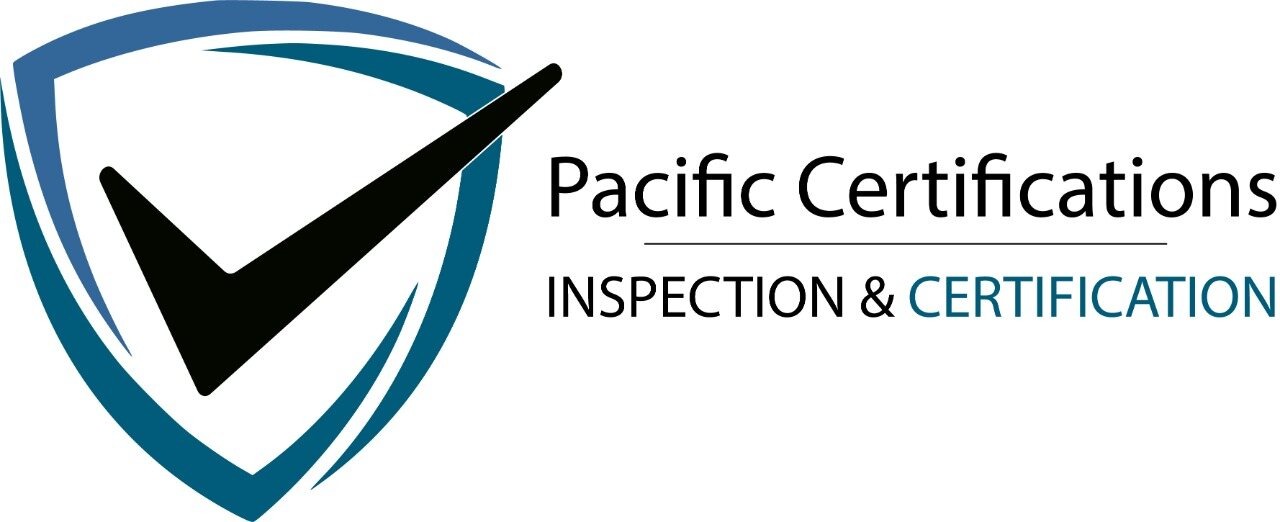ISO Certifications for Free-to-Air Television Broadcasting, Requirements and Benefits

To discuss ISO certification for Free-to-Air Television Broadcasting, it's important to understand that ISO standards are designed to ensure quality, safety, efficiency, and effectiveness in various industries. However, the ISO does not provide a specific standard exclusively for Free-to-Air Television Broadcasting. Instead, broadcasters typically adhere to a range of ISO standards relevant to their operations, depending on their specific needs and goals. Let's consider some applicable ISO standards for such a broadcasting organization:
Click here to find out more applicable standards to your industry
ISO 9001 - Quality Management Systems: This standard is fundamental for any organization aiming to ensure quality in its operations, services, and customer satisfaction. For a broadcasting company, ISO 9001 can help in streamlining processes, improving efficiency, and ensuring consistent quality in broadcasting content.
ISO/IEC 27001 - Information Security Management Systems: Given the digital nature of broadcasting and the need to protect sensitive data, ISO/IEC 27001 is critical. It provides a framework for managing and protecting digital assets, customer data, and internal information.
ISO 14001 - Environmental Management Systems: This standard helps organizations minimize their environmental impact. For a broadcasting company, it could involve managing waste from electronic equipment, optimizing energy use in broadcasting facilities, and promoting sustainable practices.
ISO 45001 - Occupational Health and Safety Management Systems: This standard is essential for ensuring the health and safety of employees, which is particularly relevant for technical staff involved in the maintenance of broadcasting equipment and facilities.
ISO 22301 - Business Continuity Management Systems: This standard helps organizations prepare for, respond to, and recover from disruptive incidents. For a broadcasting organization, this could mean ensuring that broadcasts continue or are quickly restored in the face of technical failures or other disruptions.
To pursue ISO certification in these or any other relevant standards, a broadcasting organization would typically undergo a process of:
Gap Analysis: Assessing current practices against the requirements of the chosen ISO standards.
Implementation: Developing and implementing processes and practices to meet the standards.
Internal Auditing: Checking internally to ensure the processes are in place and effective.
Certification Audit: An external audit conducted by a certification body, such as Pacific Certifications, to verify compliance with the ISO standards.
For specific guidance on how these standards might be applied to your Free-to-Air Television Broadcasting operations and to initiate the certification process, you can contact Pacific Certifications at [email protected]. Their expertise in management system certifications and product certifications can provide tailored support to ensure your broadcasting operations meet international standards of excellence and compliance.
Requirements & benefits of ISO certification of Free-to-Air Television Broadcasting
ISO certification for Free-to-Air Television Broadcasting can be a strategic asset, ensuring that the broadcasting entity adheres to international standards of quality, security, and efficiency. While there's no specific ISO standard exclusively for Free-to-Air Television Broadcasting, several ISO certifications are relevant and beneficial. Here's an overview of the requirements and benefits of pursuing ISO certification in this context:
Requirements for ISO Certification:
Conformity to Standard's Requirements: The organization must align its processes and practices with the specific requirements of the chosen ISO standard (e.g., ISO 9001, ISO/IEC 27001).
Documentation and Record Keeping: Establishing comprehensive documentation of procedures, policies, and records that demonstrate conformity to the standard.
Implementation of Quality Management System (QMS): For ISO 9001, this involves developing a QMS that addresses all aspects of quality management, tailored to the broadcasting context.
Information Security Management System (ISMS): For ISO/IEC 27001, implementing an ISMS to protect data and digital assets is vital, especially in handling sensitive information and broadcasting content.
Environmental Management System (EMS): Under ISO 14001, the broadcaster would need to develop an EMS to minimize environmental impacts.
Occupational Health and Safety Measures: Compliance with ISO 45001 by implementing robust health and safety protocols for employees.
Business Continuity Planning: Adherence to ISO 22301 involves establishing plans to ensure operational continuity in case of disruptions.
Internal Auditing: Regular internal audits to assess compliance and effectiveness of the systems.
Continuous Improvement: A commitment to ongoing improvement based on audit feedback and performance analysis.
External Audit and Certification: An external audit by an accredited certification body, like Pacific Certifications, to obtain the certification.
Benefits of ISO Certification:
Enhanced Quality and Reliability: ISO standards like ISO 9001 ensure consistent quality in broadcasting services, enhancing viewer trust and satisfaction.
Improved Information Security: With ISO/IEC 27001, the broadcaster can safeguard sensitive data, a crucial aspect given the digital nature of broadcasting.
Environmental Responsibility: ISO 14001 certification demonstrates a commitment to environmental sustainability, which can enhance public image and compliance with regulatory requirements.
Workplace Safety: Adherence to ISO 45001 ensures a safer workplace, reducing accidents and boosting employee morale.
Operational Resilience: ISO 22301 ensures that the broadcaster can maintain or quickly resume operations during disruptions, protecting against losses.
Market Advantage: ISO certification can provide a competitive edge, instilling confidence in stakeholders, advertisers, and viewers about the broadcaster's commitment to international standards.
Regulatory Compliance: Often, ISO standards align with legal and regulatory requirements, helping broadcasters stay compliant with industry regulations.
Global Recognition: ISO certifications are internationally recognized, which can be beneficial for broadcasters looking to expand or collaborate globally.
Efficiency and Cost Savings: Streamlined processes and continuous improvement can lead to operational efficiencies and cost savings over time.
Stakeholder Confidence: Certification can enhance the credibility and reputation of the broadcaster among investors, partners, and the public.
For Free-to-Air Television Broadcasting, achieving ISO certification involves a thorough understanding of the standards, careful planning, and a commitment to continuous improvement.
If you need more support with ISO certification for your business, please contact us at +91-8595603096 or [email protected]

Read more: ISO certification for Music Publishing and Sound Recording and applicable standards
